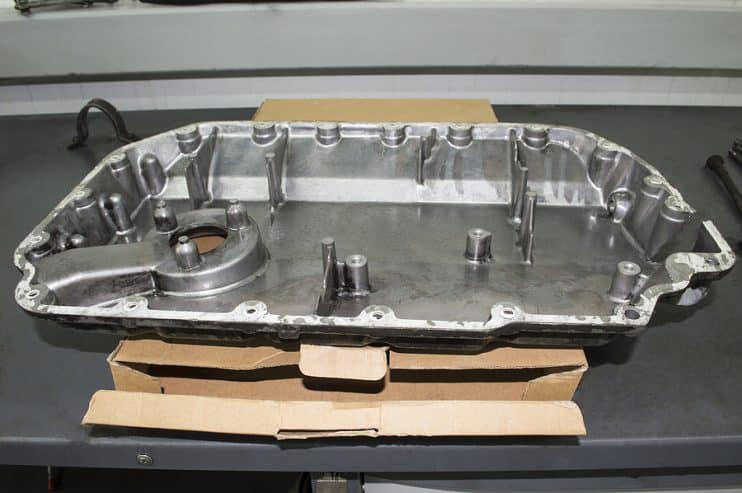
Any car enthusiast knows that oil is the lifeblood of the engine. Regular oil changes are necessary to ensure your vehicle’s optimal performance and durability. However, the pivotal role the oil sump plays often goes unnoticed.
The oil sump, also known as the oil pan, acts as a reservoir to store and protect your vehicle’s oil. It ensures oil is readily available to provide lubrication essential to moving parts within the engine, protecting them from excessive friction. It also plays a vital role in oil cooling.
However, wear and tear, damage, and corrosion can jeopardise the health of your oil sump, which can result in leaks. Neglecting to address the signs of a compromised oil sump can mean increased costs of running your vehicle as oil consumption increases. Ultimately, it can even lead to severe engine failure.
We’ll guide you through the symptoms of a faulty oil sump, what causes damage and corrosion, and the costs of replacing one with a new or used oil sump. Knowing the causes of problems and spotting signs of a failing oil sump will help you save more money in the long term.
Table of contents:
- What are the signs of a faulty or failing oil sump?
- What causes a faulty oil sump?
- If it’s not the oil sump, what else could cause an oil leak?
- How much does it cost to fix an oil sump?
- Can I drive with a leaking oil sump?
What are the signs of a faulty or failing oil sump?
Spotting the signs of a faulty or failing oil sump can help you take early action to prevent more expensive repairs or replacement in the long term: Here are a few common indications to be aware of:
- Oil puddles under your vehicle: Oil leaks forming puddles or leaving stains beneath your car are a clear giveaway that you’ve got an oil leak, which could be from your oil sump.
- Dashboard warning lights: If your oil pressure indicator warning light comes on, it could indicate that the oil sump is malfunctioning.
- Overheating: A damaged or failing engine oil sump reduces oil in your engine, causing extra friction, which can lead to overheating. Your temperature gauge may creep into the red, and you may notice a burning smell or even see smoke coming from your engine when you’re on the road.
- Low oil levels: This will depend on whether you regularly check your oil levels with a dipstick, but if you do notice a significant drop in oil without any apparent leaks or oil consumption, it could be a sign of an oil sump problem.
- Unusual engine noises: If your oil sump doesn’t provide lubrication to moving parts, you may notice odd engine sounds like knocking or ticking. This could be a sign that there’s excessive friction within the engine.
- Oil-coated undercarriage: If you spot a buildup of oil on your vehicle’s undercarriage, it could indicate a leak from a compromised oil sump.
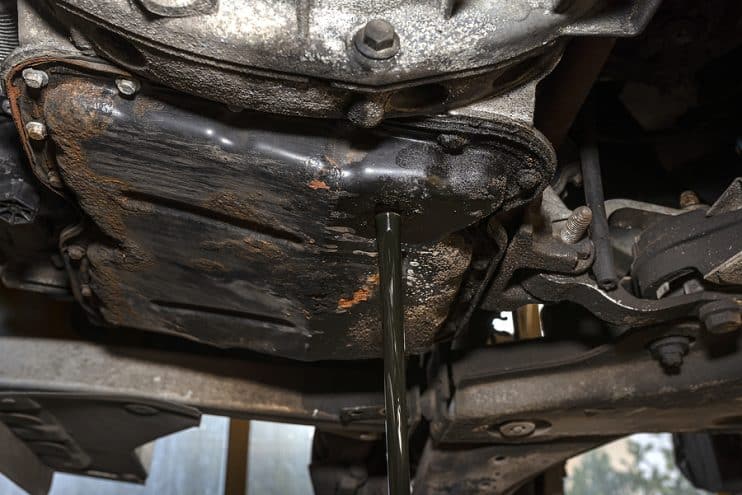
What causes a faulty oil sump?
Several factors can cause a problem with your oil sump, from driving conditions to general wear and tear. Here are some common causes:
- Damage during driving: Debris on the road, speed bumps, off-road driving, or rocky terrains can all damage the oil sump or pan. Any impact can cause dents, cracks or holes, resulting in an oil leak.
- Corrosion: Exposure to moisture, salt, or other corrosive substances can damage and weaken the oil sump, resulting in a leak.
- Wear and tear: Although designed to last the life of your engine, your oil sump can gradually deteriorate due to the engine’s constant heating and cooling cycles. This wear and tear can eventually lead to oil leaks.
- Improper maintenance or parts fitting: Faulty or poor maintenance can cause oil sump issues. For example, if the oil drain plug isn’t tightened correctly during an oil change, an insufficient sealer is used, or the sealer isn’t applied correctly, oil can escape or leak out.
- Contaminated contact surface: If the contact surface of the oil sump becomes contaminated with dirt, debris, or old sealant residue, it can prevent a secure seal from forming, resulting in leaks.
- Worn oil pan gasket: If worn, it loses its ability to create a secure seal between the oil pan and the engine block, resulting in oil seeping through gaps or cracks.
- Stripped oil pan threads: When the threads on the oil pan are stripped, the drain plug will fail to create a secure seal with the oil pan. Oil can then seep through the gaps between the drain plug and the pan.
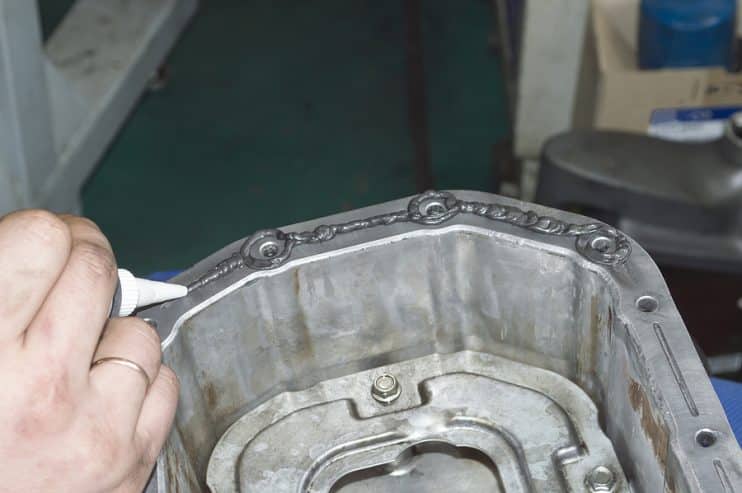
If it’s not the oil sump, what else could cause an oil leak?
Apart from a faulty oil sump, a vehicle has several other possible sources of oil leaks. Here are three common culprits:
- Oil filter issues: If the oil filter isn’t correctly installed or becomes damaged, it can cause oil to leak. Overtightening the oil filter during an oil change can damage the seal and lead to leaks.
- Faulty valve cover: Excessive heat, pressure, or impact can all cause a valve cover to become warped or damaged. This can compromise the seal between the cover and the engine, allowing oil to seep through.
- Problems with the oil pump: If the pump fails or develops a fault, it can increase the oil pressure in your engine. This increased pressure can push oil past existing deals and gaskets, resulting in leaks. If the pump seal deteriorates or fails, this can also cause leaks.
How much does it cost to fix an oil sump?
The typical expense for replacing an oil sump pan is around £200, although costs can vary between £130 and £300. The exact price of the replacement will depend on factors such as your vehicle’s make and model and the specific parts recommended by the manufacturer.
Can I drive with a leaking oil sump?
Driving with a leaking oil sump is not a good idea because it can cause serious problems. You’ll lose oil, which means less lubrication for your engine and more friction and heat. That can lead to engine overheating and even total engine failure. Plus, it’s not safe. Oil on the road can make things slippery, and if it gets on hot parts, it could start a fire. Get that leak fixed ASAP by a professional mechanic to keep your ride running smoothly and safely.

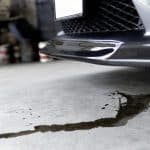
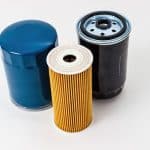
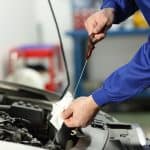
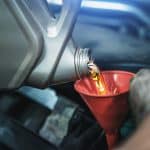
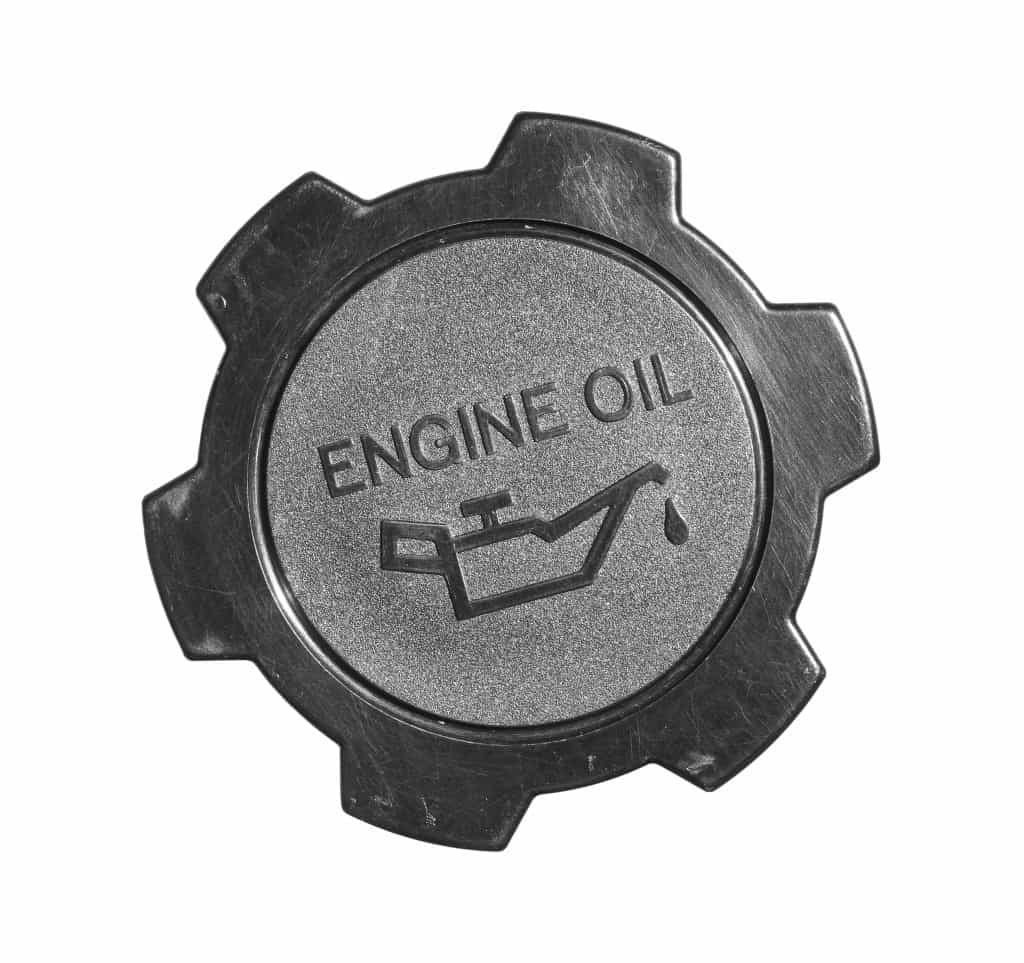
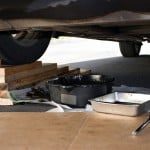
.png)